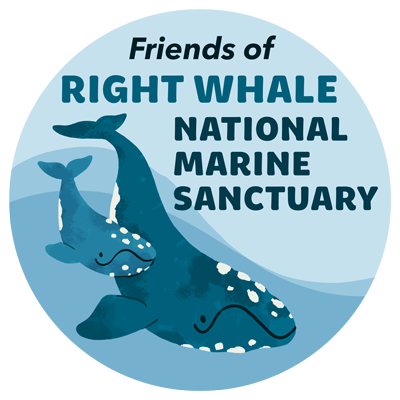Coral reefs around the world are in danger.
Coral reefs are the majestic structures built by hundreds of thousands of polyps, about the size of a pencil eraser. Coral polyps are mostly a mouth surrounded by a circle of tentacles that are cast out to catch zooplankton. At night, zooplankton rise up to feed on phytoplankton and smaller zooplankton near the surface. So, coral polyps feed at night. In daylight, coral polyps tend in their body tissues to photosynthetic cells called zooanthellae, which provide the polyps with sugars and proteins that become carbohydrates. The polyps produce calcium carbonate that builds the coral reef. The Great Barrier Reef off Australia is the largest built structure on Earth.
Reefs are visually stunning, brightly colored, attractive to scores of fish, marine life, and human tourists, too. They create some of the most beautiful ocean scenery there is, but they’re so much more than just their good looks.
Reefs are vital to protecting coastlines, coastal populations, and coastal infrastructure from damaging storms, flooding, and erosion. Their vast, hard, jagged structures help reduce wave intensity and energy by as much as 97%, providing a natural buffer that reduces destructive flooding inland. Millions of seaside dwellers across the world have coral reefs to thank for protection from storms!
Reefs contribute to a tremendous biodiversity, where around 25% of all marine species live in or around coral reefs. Sea turtles, seahorses, starfish, clams, schools of fish, and many more creatures need coral reefs for food, shelter, and protection.
Corals co-exist with algae in a symbiotic relationship where they cooperate and rely on each other for health and nutrients. But the magic of this relationship is threatened by warming water temperatures and increased acidification caused by climate change. As the water temperature rises, the coral expels the algae, which provide the necessary nutrients to retain its color and stay healthy, a process known as coral bleaching. If temperatures continue to rise, corals can experience intense heat stress, and in some cases, widespread death.
Most established coral reefs today are between 5,000-10,000 years old. They’ve witnessed so much change in their long lives, but to stop the bleaching and to keep them healthy and vibrant, it will take serious effort on the part of people and governments to slow rising ocean temperatures, stop stormwater runoff and inland pollution from making its way to the seas, and keep our waters free of plastics and trash.
No matter if you live near or far from coral reefs, we can all take steps to be more conscious about Earth’s ecosystems, and we can all let our leaders in charge know that we’re conservation voters and that protecting our oceans and taking bold action on climate change is a big priority for us.
Steady on,
Rob

